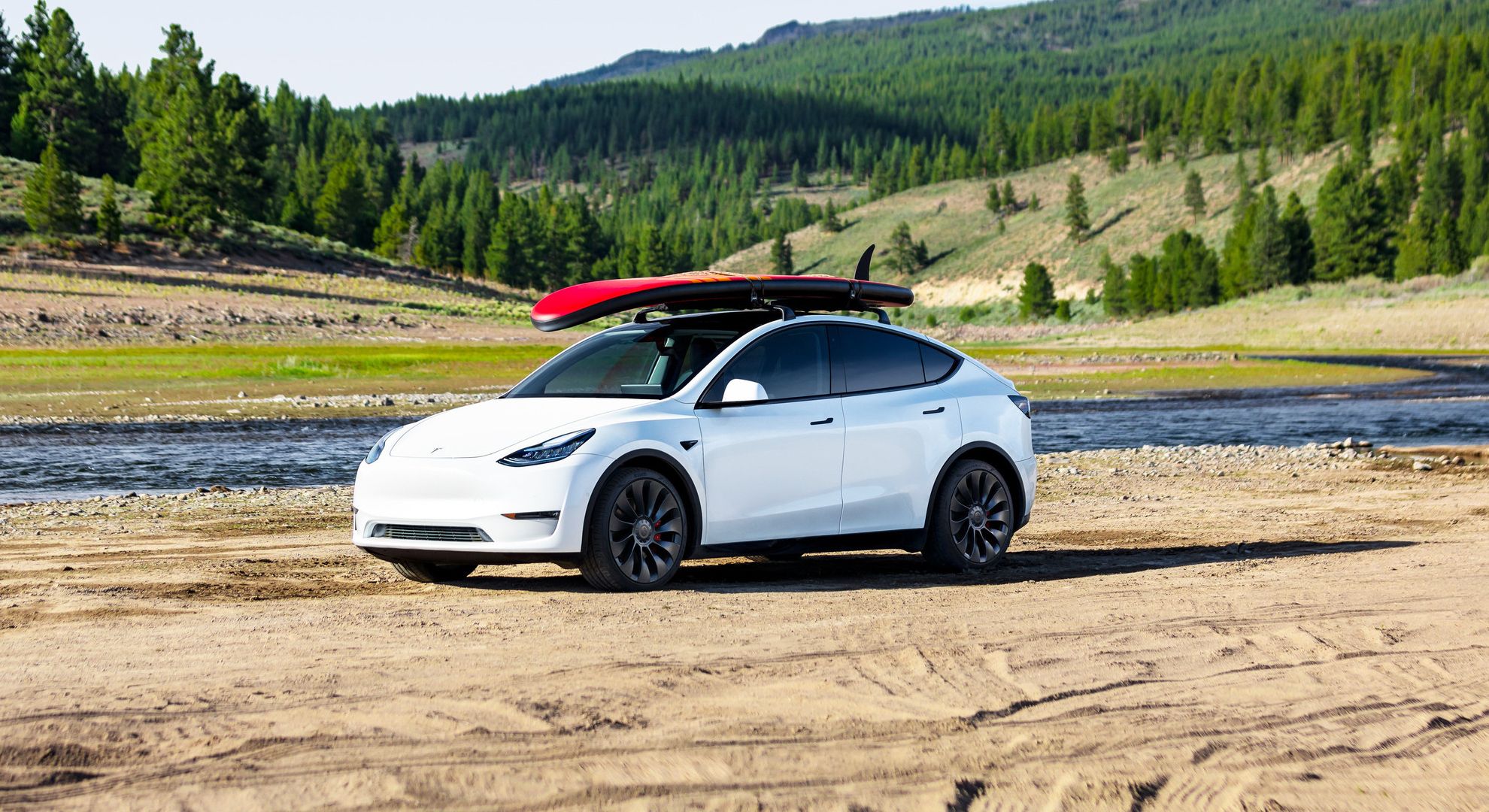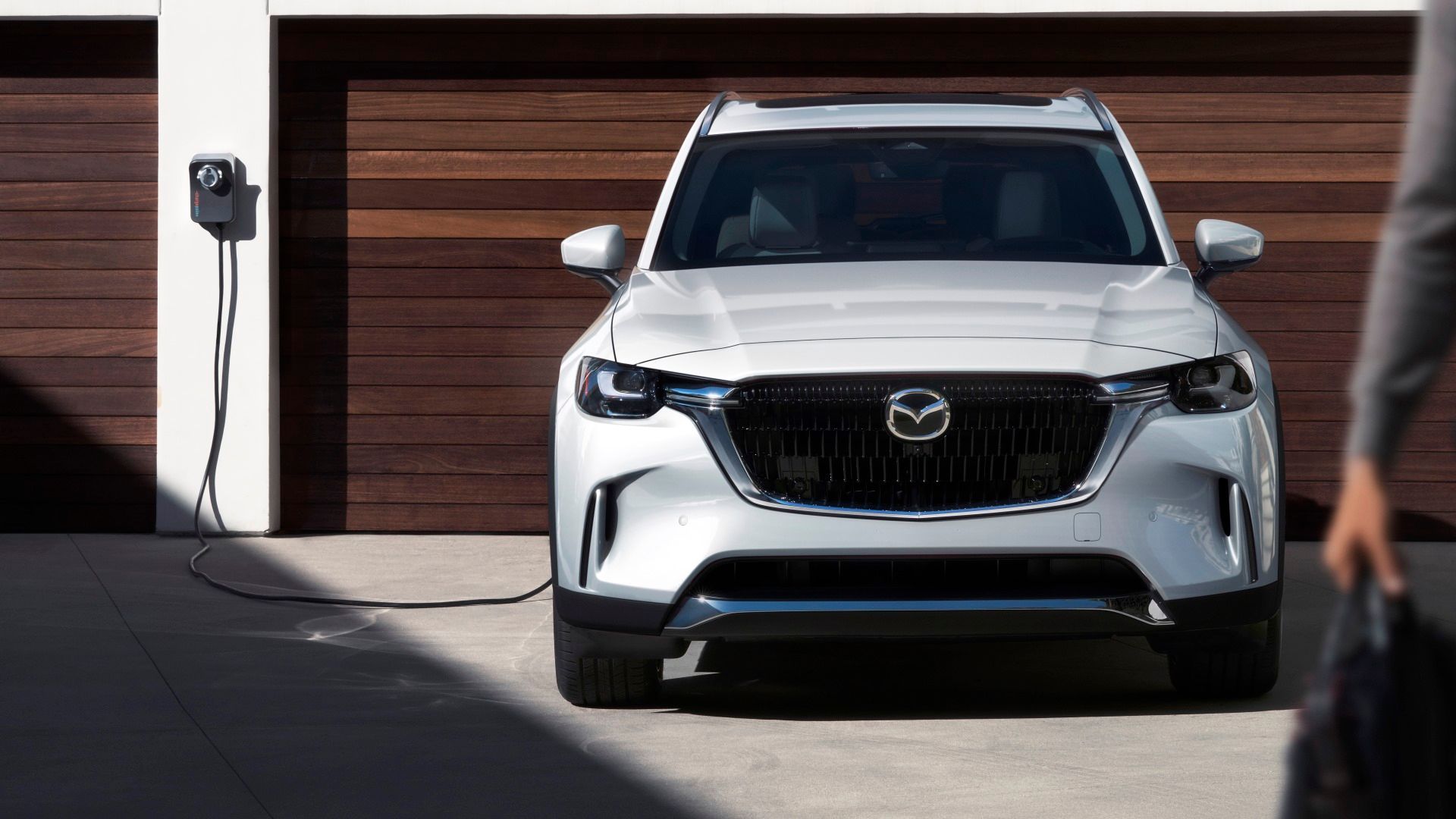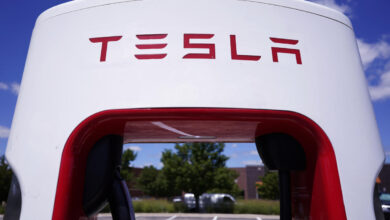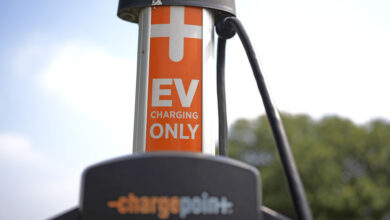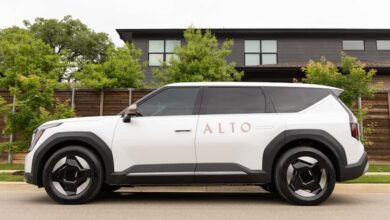How You Can Save $4,000 On A Used Electric Or Plug-In Electric Vehicle
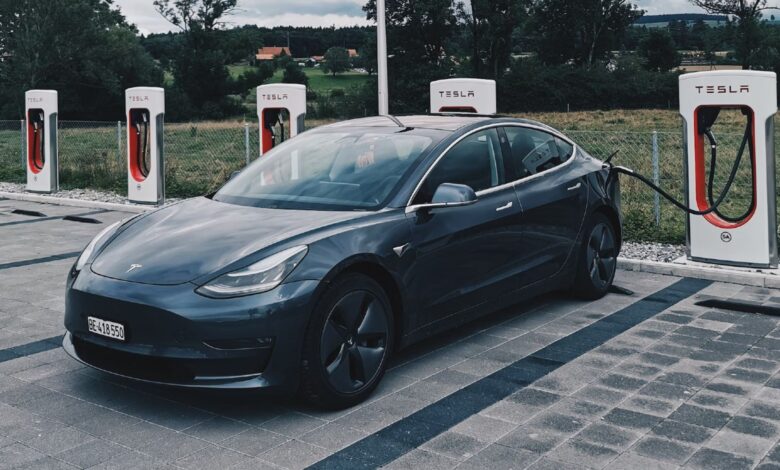
Saving money on your next used EV or PHEV is always a nice thing. With rising prices on just about everything, including cars, we’re seeing fewer and fewer opportunities for drivers wanting something cost-effective AND wallet-effective. Since around 2020, we’ve seen federal incentives for people going green, although as of 2024, there have been major changes to those policies. New EVs were hit hardest by the updates and battery/sourcing requirements, although we haven’t seen as much of a ripple effect for pre-owned electric cars, trucks, SUVs, or PHEVs. Interestingly, more drivers are opting to purchase used models that use electric, full or partial, so this is a hot market all around.
The average used EV tends to sit around $30,000, while pre-owned PHEVs sit closer to $25,000, although this greatly varies by make and model. The EV industry as a whole has seen falling interest in Q1 of this year, leading to even new nameplates dropping a zero.
Regardless, when shopping using PHEVs or EVs, it’s a good idea to see what the inventory looks like on a given lot. Is there plenty to go around? If so, that seller is more inclined to negotiate pricing. Beyond purchasing your pre-owned model, there are federal tax incentives that go up to $4,000 for battery-driven people, which this post is here to dive far deeper into. Stay tuned!
In order to give you the most up-to-date and accurate information possible, the data used to compile this article was sourced from the IRS and other authoritative sources, including iSeeCars, Energy.gov, and other government websites.
Electric Car Tax Credit: What It Is, How It Works, And What EVs Are Eligible In 2024
2024 marks a new year and brings in plenty of changes for the federal electric car tax credit. Here’s everything you need to know.
The IRS Updates Its EV Tax Credit Policy
For anyone wanting to save as much as possible on their next used EV or PHEV in 2024, there are ways to get up to $4,000. According to the IRS, those who purchase a qualified used electric vehicle (EV) or fuel cell vehicle (FCV) from a licensed dealer for $25,000 or less quality for up to 30 percent or $4,000 in clean vehicle tax credit. This was a part of the broader push in the United States for eco-friendly manufacturing and production.
As part of the Inflation Reduction Act, signed by sitting President Joe Biden, EV and PHEV shoppers are able to see credits toward their taxes for whichever year falls on the purchase date of their electric model. This doesn’t just apply to fully electric nameplates, either. Plug-in hybrid owners, new and used, have the chance to save money on their taxes following the abovementioned protocol.
Used Electric And Plug-In Hybrid Cars Still See Decent Savings
Even though you may not be saving as much on your taxes with a used EV or PHEV as you would with a new one, this is still a great way to increase your annual vehicle ownership prices. As of 2024, you can receive federal tax credits of up to 30 percent of the purchase price, with the cap being $4,000.
Therefore, with the current overload of used models available and dealers scrambling to sell them, you could see double-dipped savings. For your taxes, though, you get these savings regardless of inventory and can use them in the form of a tax credit.
The $4,000 cap will not be in the form of a cash or credit discount at the time of your used EV or PHEV purchase. It will be applied later to your federal income taxes.
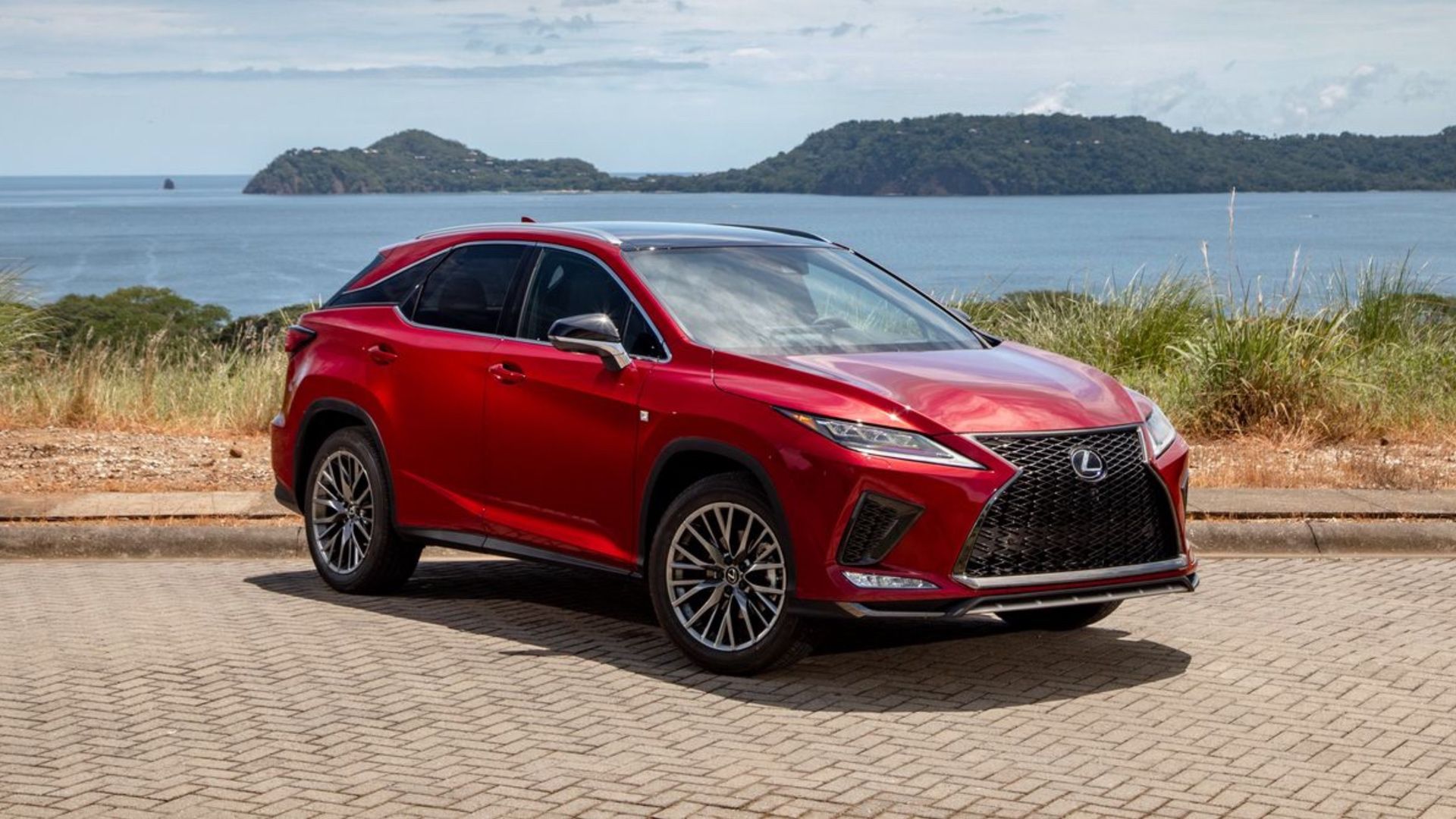
10 Used And Affordable SUVs That Have 5-Star Safety Ratings
There are a surprising number of safe and affordable used SUVs, from subcompact to mid-size luxury.
Purchases Made Before 2023 Do NOT Qualify
One very important detail to note when discussing the possible $4,000 savings on a used EV or PHEV is that this only applies to vehicles bought after 2023. This went into effect beginning in 2023, so any vehicles bought used before that timeframe do not count towards the federal tax credit. It may also be good to remember the following requirements that the IRS puts into place in order for you to receive the 30 percent (up to $4,000) credit on your same-year taxes:
- Be an individual who bought the vehicle for use and not for resale
- Not be the original owner (must be second-hand)
- Not be claimed as a dependent on another person’s tax return
- Not have claimed another used clean vehicle credit in the 3 years before the purchase date
In addition to these federal requirements, you must meet the following income-related protocols:
- $150,000 for married filing jointly or a surviving spouse
- $112,500 for heads of households
- $75,000 for all other filers
Make Sure To Ask The Person/Dealer About These Savings
When the time comes for you to buy a used EV or PHEV, make sure to ask your seller about these savings and whether the car, truck, or SUV you are interested in offers up to a $4,000 federal tax incentive. As we shared above, you won’t get these credits if the car is originally yours or if you have used this same tax hack within the past three years. It’s usually best to go through a certified reseller when buying used cars or an online marketplace that works alongside federal agencies.

5 Affordable High-End Used Sports Cars That Cost Less Than $40,000
Discover 5 top-tier used sports cars under $40,000. Explore luxury performance and elegance without breaking your budget.
Meet These Vehicle Guidelines, Get Up To $4,000 Off
On top of all the good stuff we mentioned earlier, the car, truck, or SUV you buy second-hand HAS to meet specific guidelines provided by the US government to qualify for up to $4,000 in savings. These include things like having a sale price of $25,000 or less. This does NOT include dealer fees, taxes, etc. Simply sticker price at time of sale.
Moreover, your PHEV or EV must be at least two years earlier than the calendar year when you buy it. For example, a vehicle purchased in 2023 would need a model year of 2021 or older. Another essential part of the requirements is that your purchase must not be within three years of a claimed federal tax credit. All sales before 2023 are invalid.
Here is everything else:
- Not have already been transferred after August 16, 2022, to a qualified buyer.
- Have a gross vehicle weight rating of less than 14,000 pounds
- Be an eligible FCV or plug-in EV with a battery capacity of at least seven kilowatt hours
- Be for use primarily in the United States
- You buy the vehicle from a dealer.
- For qualified used EVs, the dealer reports the required information to you at the time of sale and to the IRS.
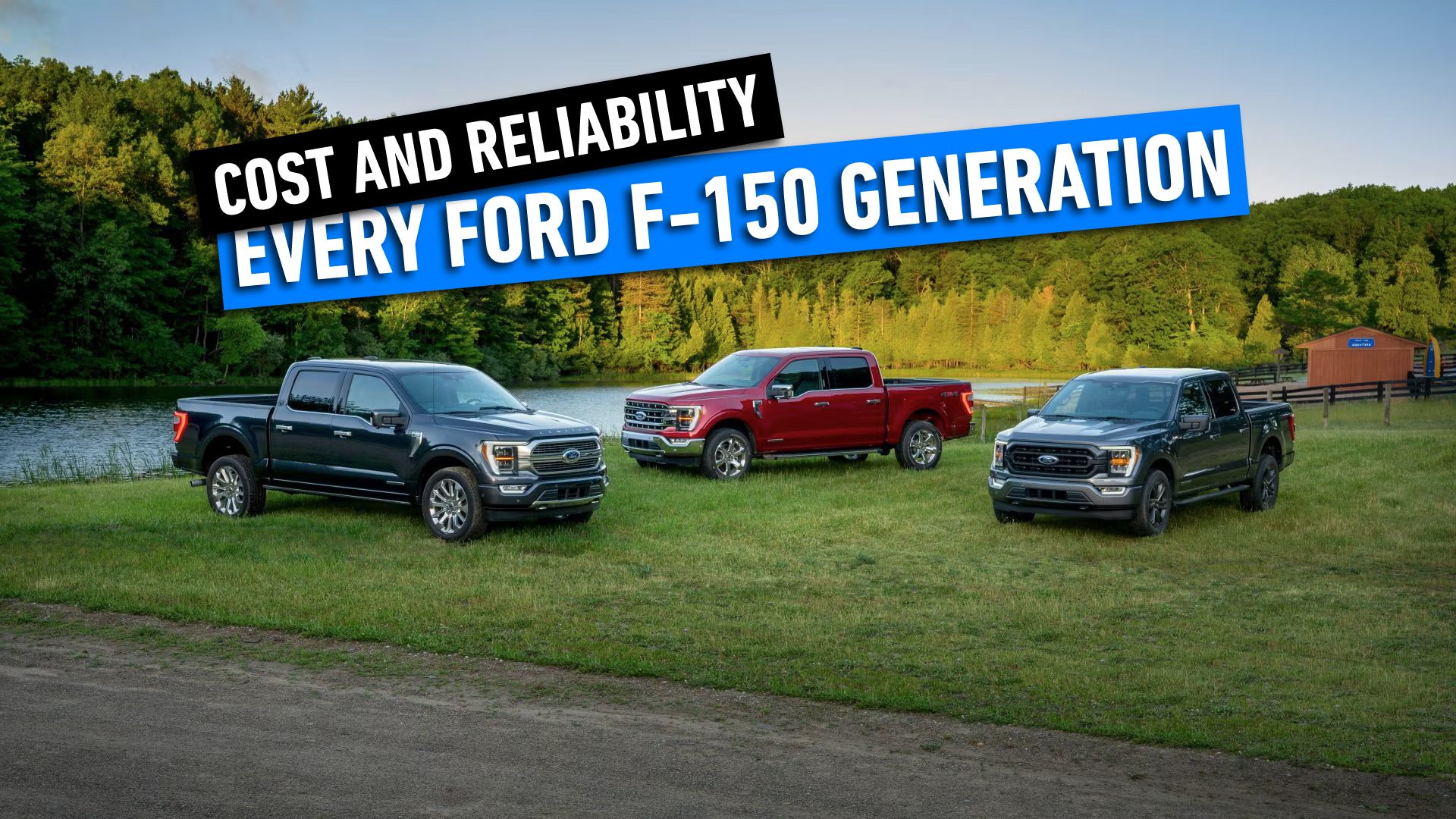
Used Market Breakdown: Cost And Reliability Of Every Ford F-150 Generation Detailed
Ford has produced nine generations of the F-150. Some of them are considered icons, while others… Are not. Let’s discuss why.
The Used EV And PHEV Market Is Calling Your Name
With everything marinating in your mind, it is also worth it to understand the current climate in the North American/United States market for used models. Electric cars, specifically, have seen a major pile-up of inventory across all 50 states, causing dealers to drop their prices by thousands of dollars. This could put a normally expensive, disqualifying EV/PHEV in the tier of approval for this federal income tax credit, which means a better-used car in your possession.
Additionally, pre-owned electric or semi-electric nameplates have now dropped a staggering 31.8 percent, or $14,418, since early 2023, per a report from iSeeCars.com. There’s plenty of inventory, falling sticker prices, and a perfect storm for the maximum federal income tax savings the government has put in place thanks to the Inflation Reduction Act.
Popular brands like Ford, Tesla, Kia, and Volkswagen have created a great space in the pre-owned and new market for cheaper EVs and PHEVs, ultimately boosting potential savings for anyone after a greener car with great long-term savings. Your range may not be as impressive as a new model, but with the credits and general fuel savings you will see following your decision to go electric, we’re sure you’ll get over it. Who knows, maybe batteries will become cheap enough to swap in and out of cars using them in the next couple of years?

